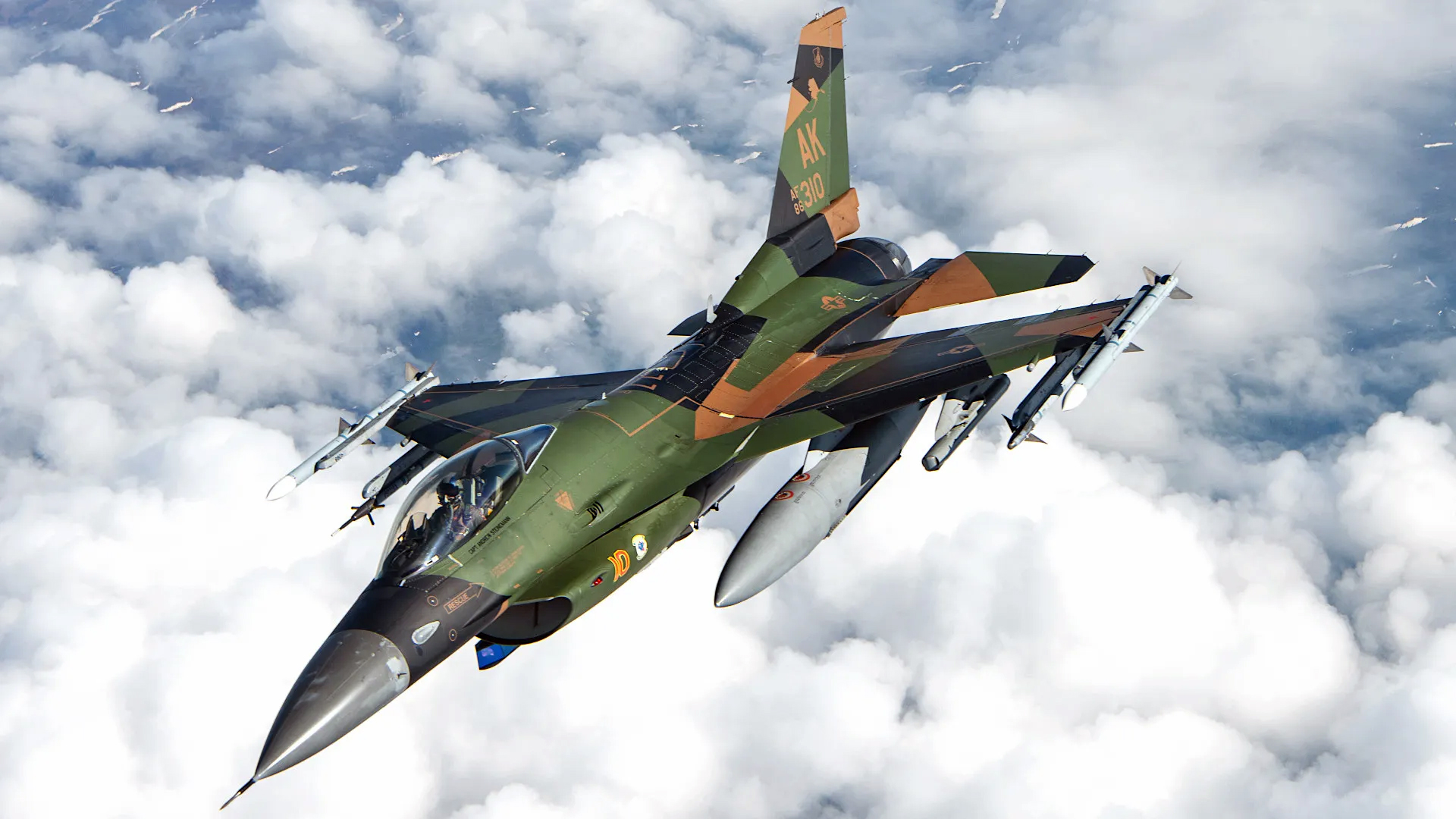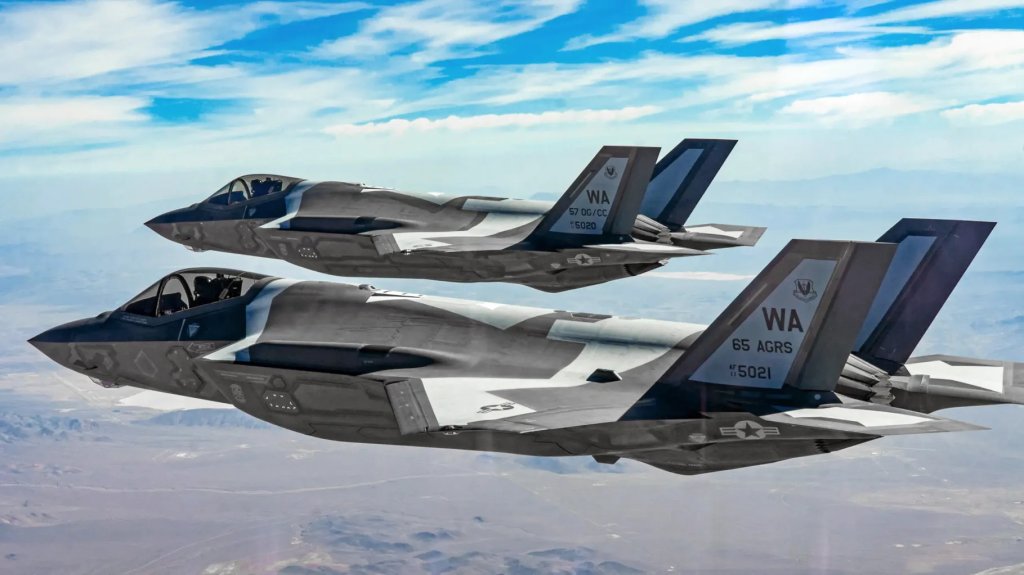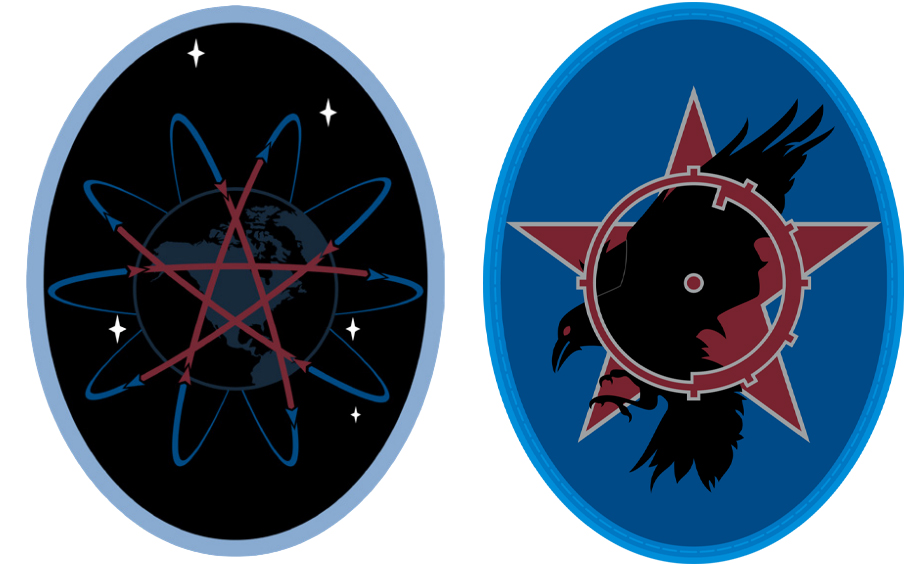The TWZ Newsletter
Weekly insights and analysis on the latest developments in military technology, strategy, and foreign policy.
Space Force’s Guardians may execute a full-time remote mission from their stations on the ground, but the service’s top officer wants to take more training out of the virtual realm. In part, this would occur by deploying actual aggressor satellites in orbit in a similar manner to how the USAF flies aggressor fighters with specially trained pilots that mimic the enemy’s tactics and capabilities against its flight crews.
In a round table with reporters at the Air Force Association’s Air, Space and Cyber conference on Tuesday, Chief of Space Operations Gen. Chance Saltzman elaborated on Space Force’s plans to expand its operational test and training infrastructure (OTTI). He believes doing so will enhance Guardians’ experience, bring them closer to the fight, and highlight the realities of competing against an adversary, like China, with their heavy interest in disabling and destroying U.S. space assets.
 Chief of Space Operations Gen. Chance Saltzman (U.S. Space Force) Andy Morataya
Chief of Space Operations Gen. Chance Saltzman (U.S. Space Force) Andy Morataya
Two weeks ago, Space Force stood up System Delta 81, a task-oriented unit focused on aligning acquisition efforts with operational test and training. On Tuesday, Saltzman outlined plans to improve the “Guardian experience” in the OTTI space.
“When this is all in place, there’s a ton of elements to it. I mean, from high-fidelity simulators to virtual ranges to constructive environments where people are distributed, but they’re collaborating in a central environment,” Saltzman said. “We need to send people physically to ranges; we need live ranges to get live data. All of that has to be considered a part of the test and training infrastructure.”
Realistic threat replication is another essential component of the training plan, he said.
“You’ll hear about the Air and Space Forces talking about aggressors; we train people to pretend to be the adversary, that they’re trained in adversary tactics. And so they can challenge our forces, our operators, in ways that are likely to happen if an adversary were to engage us,” Saltzman said. “And so you bring all that together, and you create a more realistic training environment for what a high-intensity fight might look like. And then it’s about reps and sets – like, how many times can they practice a tactic? How many times can they validate that the training produces the procedure that works on an operationally relevant timeline? So that test and training infrastructure is a lot of hardware and software to create that virtual environment, but also it’s a live environment where we’re buying assets for the purpose of test and training.”
 An aggressor F-16 flying over Alaska. (USAF)
An aggressor F-16 flying over Alaska. (USAF)
In Space Force’s analysis, the space domain is steadily becoming more warlike. Earlier this year, Saltsman discussed China’s development of “killer satellites” and other means to disrupt other nations’ space assets. Russia has similar capabilities, and in some cases, even more concerning ones on the horizon.
Chinese counterspace capabilities are becoming increasingly sophisticated, according to space watchers. The Secure World Foundation released a report this year citing reports that China may have launched a satellite to geostationary orbit for jamming purposes. A fact sheet from the same organization outlined up to three Chinese programs aimed at providing direct-ascent anti-satellite (DA-ASAT) capabilities and assessed the country’s ability to target satellites in low earth orbit as “likely mature.” The last known or suspected Chinese DA-ASAT test in space was in April 2023, reaching a suborbital altitude, according to the fact sheet. In addition to these ground-based anti-satellite missiles, China has fielded ground-based lasers that can also disrupt, degrade or damage satellites on orbit.
“By the mid-to-late 2020s, we expect [China] to deploy systems high enough in power that they can physically damage satellite structures,” Saltzman said in April, according to a DefenseOne report.
This is in addition to satellites that can manipulate other satellites in orbit. Their capabilities can be used for peaceful means, like refueling other on-orbit platforms, which China has demonstrated, or to disrupt, degrade, and destroy satellites. Everything from firing projectiles to radio frequency jamming to spraying aerosols can be used in close proximity to the targeted satellite with temporary or permanent effects.
 An infographic from the Defense Intelligence Agency depicting a number of ways in which one satellite might attack another, including by acting as kinetic kill vehicle., DIA
An infographic from the Defense Intelligence Agency depicting a number of ways in which one satellite might attack another, including by acting as kinetic kill vehicle., DIA
U.S. space aggressor capabilities can look like electronic warfare and jamming simulations, but they can also mean friendly satellites masquerading as hostile ones, Saltzman told The War Zone.
“There’s nothing like propagating RF [radio frequency] through the atmosphere, out to orbit, and tracking satellites,” Saltzman said. “It has to happen real. You can ‘white card‘ a lot of important details away. But connecting to the satellite control network, making sure that the RF link is maintained through a lower orbit, [passing] through weather that can sometimes affect the RF signal – all that has to work. And if you do that with a thinking adversary, meaning that the satellite you’re trying to use is being flown by aggressors, then that’s a live environment, and they’re trying to make it harder for you to do your job … So yes, we do want to go to a live aggressor force.”
This desire will affect purchasing strategies, Saltzman said. For every orbital regime in which Space Force operates, he states, some of the satellites the service purchases should be test and training articles, just as the Air Force reserves some of the aircraft for test, development, and training. This is true for the USAF’s three aggressor squadrons, in particular, which fly F-16s and F-35s.
 F-35A Joint Strike Fighters assigned to the 65th Aggressor Squadron. USAF
F-35A Joint Strike Fighters assigned to the 65th Aggressor Squadron. USAF
“We want to have satellites that are available for test and training,” the Chief of Space Operations said. “We have some options like that now, but not enough, in my opinion.”
Chief Master Sergeant of the Space Force John Bentivegna noted that some on-orbit aggressor training is already taking place involving electronic warfare “live fires.”
Space Force does have dedicated space aggressor squadrons whose work involves simulating jamming attacks and other electronic warfare and cyber threats.
The 57th Space Aggressor squadron, activated in 2021 at Schriever Space Force Base in Colorado, “instills an adversary-focused warfighting culture by knowing, teaching, and replicating modern, emerging, and integrated space threats via adversary threat academics and virtual/live replication of adversary space and counterspace threats,” according to its missing statement.
Earlier this year, Air and Space Forces Magazine reported on activities of the Colorado-based 527th Space Aggressor Squadron, involving firing live energy at a Space Force satellite in a simulated attack.
 Insignias of the 57th and 527th Space Aggressor Squadrons (U.S. Space Force)
Insignias of the 57th and 527th Space Aggressor Squadrons (U.S. Space Force)
“But there’s more infrastructure that needs to be built out for other opportunities, other [tactics, techniques and procedures],” Bentivegna said.
Bentivegna said he felt a responsibility to Guardians to give them training that would allow them to think ahead of adversary capabilities.
“How do we give them an environment where they can go against a thinking adversary?” he said. “Not only just in organization, but somebody … doing SATCOM, somebody who’s doing orbital warfare, somebody who’s doing missile warning. Bringing, if you will, a space mission task force together in an environment – live, virtual, also on orbit, that they can train harder than maybe what conflict would look like. We talk about the pacing threat that we have. They are eager to be able to hone those skills.”
As Space Force purchases more equipment for test and training, Saltzman said the service would be looking for opportunities to acquire common items for both uses.
Contact the editor: Tyler@twz.com

